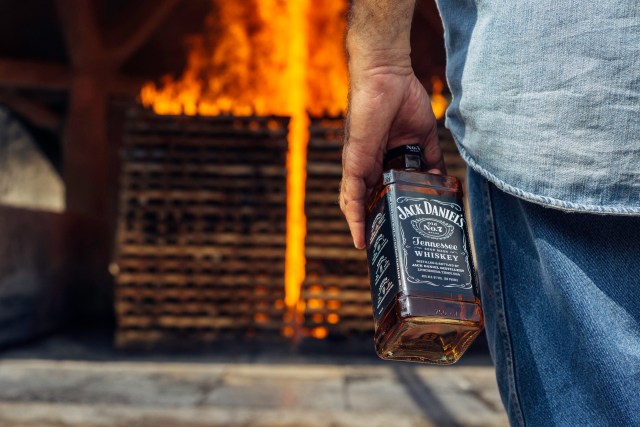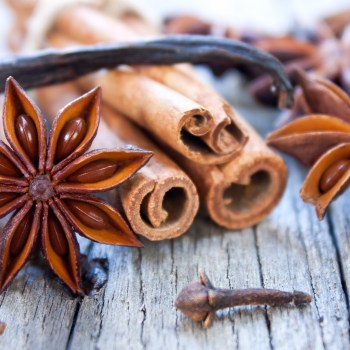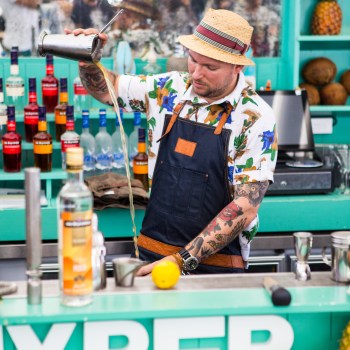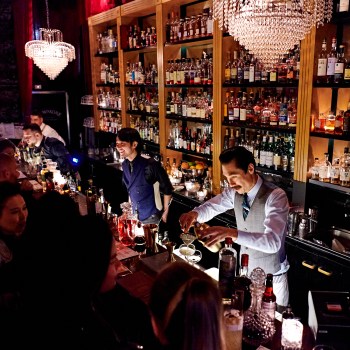Many of you will know the basic history of American whiskey. But if you’re in need of a refresher, we’ve got just the ticket: in the July/August issue of BARS&clubs, The Clock Hotel’s resident whiskey expert and Bar Manager Glynn Firth took another look at the category. The following is an excerpt from that feature.
You can’t talk about American whiskey without talking about bourbon and the state of Kentucky. Ironically, however, the world’s best-selling American whiskey is not a bourbon and is not from Kentucky.
Jack Daniel’s, with its distinctive square bottle and black label, is a Tennessee whiskey. Tennessee whiskies are filtered through ten feet of sugar maple charcoal before they are put into barrels for aging – known as the ‘Lincoln County Process’ – with the purpose of removing impurities and mellowing out the flavour.
Tennessee whiskies are distinctively different to bourbon due to this process. Funnily enough, none of the distilleries that make Tennessee whiskey are in Lincoln County anymore as the county borders have all been re-drawn over time.
THE HISTORY
Irish and Scottish settlers brought whiskey and the knowledge of how to make it to North America. As they founded farmsteads and began to grow their crops, they did what they had always done and turned their excess product into something that would last for longer and not be eaten by all the animals: whiskey.
At first, most whiskies would have been made from rye. Rye makes a spicier kind of whiskey than bourbon and the majority of the oldest classical American whiskey cocktails we know today would have originally been made using rye whiskey (or even brandy).
In fact, the first drink to be known as a cocktail was made with brandy. The Sazerac, invented by Antoine Peychaud (of Peychaud’s Bitters fame) was made using a two-sided egg cup for measuring the ingredients. This tool was known as a ‘coquetier’, from where we derived the word cocktail. By 1873 the brandy had been swapped out for rye whiskey.
THE SILVER LINING OF PROHIBITION
Between January 1920 and December 1933 the production and sale of alcohol in America was prohibited by a federal law called the Volstead Act. As much as this was a negative thing for the drinkers of that era, it has given us so many things to add to the culture of bars and bartending today, from speakeasy style bars with hidden entrances to cocktails like the Mary Pickford, Last Word, and the Gin Rickey.
In addition to organized crime, another thing that came from Prohibition was a high-strength unaged whiskey which came to be known as Moonshine or White Lightning – so named for being made under the cover of darkness, or for how fast it was made, delivered, and consumed.
The roots of another American icon can also be traced back to Prohibition. Bootleggers would modify their cars to make them faster than the police – but once Prohibition ended they continued to meet up to race each other and swap modification techniques. This was the very beginning of what we know today as NASCAR.
For the rest of the article, sign up to BARS&clubs new digital platform here.



